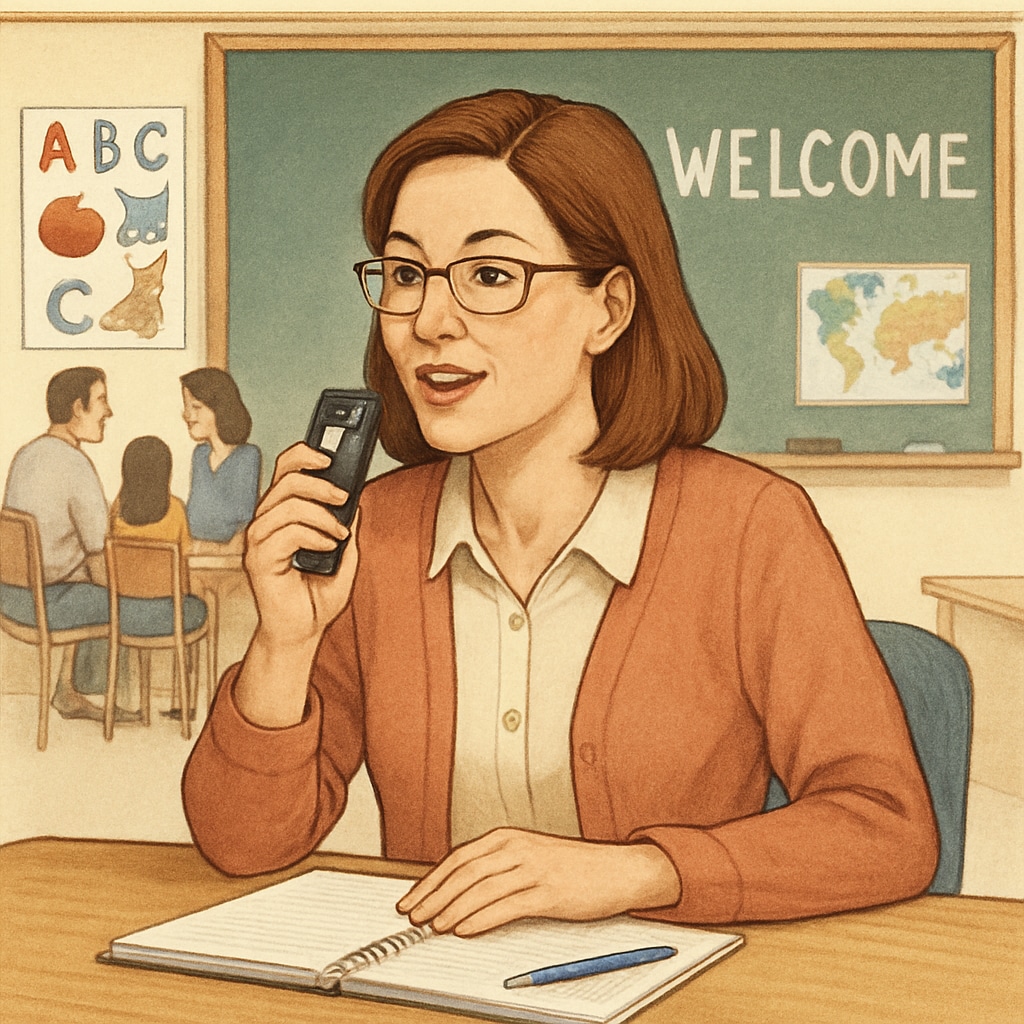Speech-to-text technology has rapidly gained traction across various industries, and its impact on K12 education is no exception. With tools like WillowVoice, teachers can now significantly enhance their productivity, reduce administrative burdens, and focus on their primary mission—educating students. By leveraging this groundbreaking technology, educators can improve student feedback, refine lesson planning, facilitate parent communication, and streamline complex documentation processes, such as Individualized Education Programs (IEPs).
Transforming Teacher Workflows with Speech-to-Text Technology
The repetitive nature of administrative tasks often leaves teachers with limited time to dedicate to classroom instruction and student engagement. Traditional methods of grading, documenting feedback, and preparing lesson plans can be time-consuming and stressful. Speech-to-text tools like WillowVoice have the potential to revolutionize this process by automating these tasks and allowing teachers to complete them hands-free.
For example, instead of manually typing out student feedback, teachers can use WillowVoice to dictate their thoughts in real-time. The software transcribes their spoken words into structured written feedback. This not only saves time but also encourages more detailed and personalized comments for students.
- Time Efficiency: Teachers can complete tasks faster by speaking rather than typing.
- Improved Accuracy: Advanced AI ensures minimal transcription errors.
- Ease of Use: Intuitive interfaces make these tools accessible to educators with varying levels of technological expertise.

Enhancing Communication with Parents and Students
Effective communication is a cornerstone of successful education, but it can be challenging for teachers to keep up with the demands of parent-teacher conferences, student progress reports, and ongoing updates. WillowVoice provides educators with a seamless way to create and share detailed updates with minimal effort.
For instance, by using speech-to-text technology, teachers can quickly draft emails or messages to parents, summarizing their child’s progress or addressing concerns. Similarly, they can record voice notes during parent-teacher meetings and have them transcribed for future reference. This ensures that all parties involved have a clear understanding of the discussed points.
- Streamlined Parent Communication: Faster and more personalized updates.
- Record Keeping: Easily maintain detailed transcripts of meetings and discussions.
- Accessibility: Tools like WillowVoice make it easier for teachers to communicate effectively, even during busy periods.

Optimizing Lesson Planning and Curriculum Development
Lesson planning is another area where teachers can benefit from the efficiency of speech-to-text technology. By dictating their ideas and objectives into WillowVoice, educators can create detailed lesson plans without the cumbersome process of typing everything out manually. This allows for a more natural brainstorming process, enabling teachers to focus on creativity and innovation in their curriculum design.
Moreover, the ability to quickly revise and update plans based on real-time feedback ensures that lessons remain dynamic and tailored to students’ needs. This adaptability is particularly beneficial in today’s rapidly evolving educational landscape, where flexibility is key.
Simplifying IEP Documentation
For special education teachers, creating and maintaining Individualized Education Programs (IEPs) is a critical but time-intensive task. WillowVoice simplifies this process by enabling teachers to dictate their observations, goals, and strategies directly into the platform, which then organizes the information into a structured format.
This eliminates the need for manual data entry and reduces the likelihood of errors, ensuring compliance with legal requirements while freeing up time for direct student interaction. As a result, teachers can focus more on providing personalized support to their students rather than getting bogged down in paperwork.
In addition, collaboration among educators, administrators, and parents becomes more efficient when everyone has access to clear and accurate records generated through speech-to-text tools.
In Conclusion: WillowVoice demonstrates how speech-to-text technology can dramatically enhance teacher efficiency, reduce administrative burdens, and improve communication across the educational ecosystem. By adopting tools like these, schools can empower teachers to focus on what truly matters—delivering high-quality education to their students.
For more information about speech-to-text technology and its applications in education, visit authoritative sources such as Wikipedia’s speech recognition page or Britannica’s overview on speech recognition.


